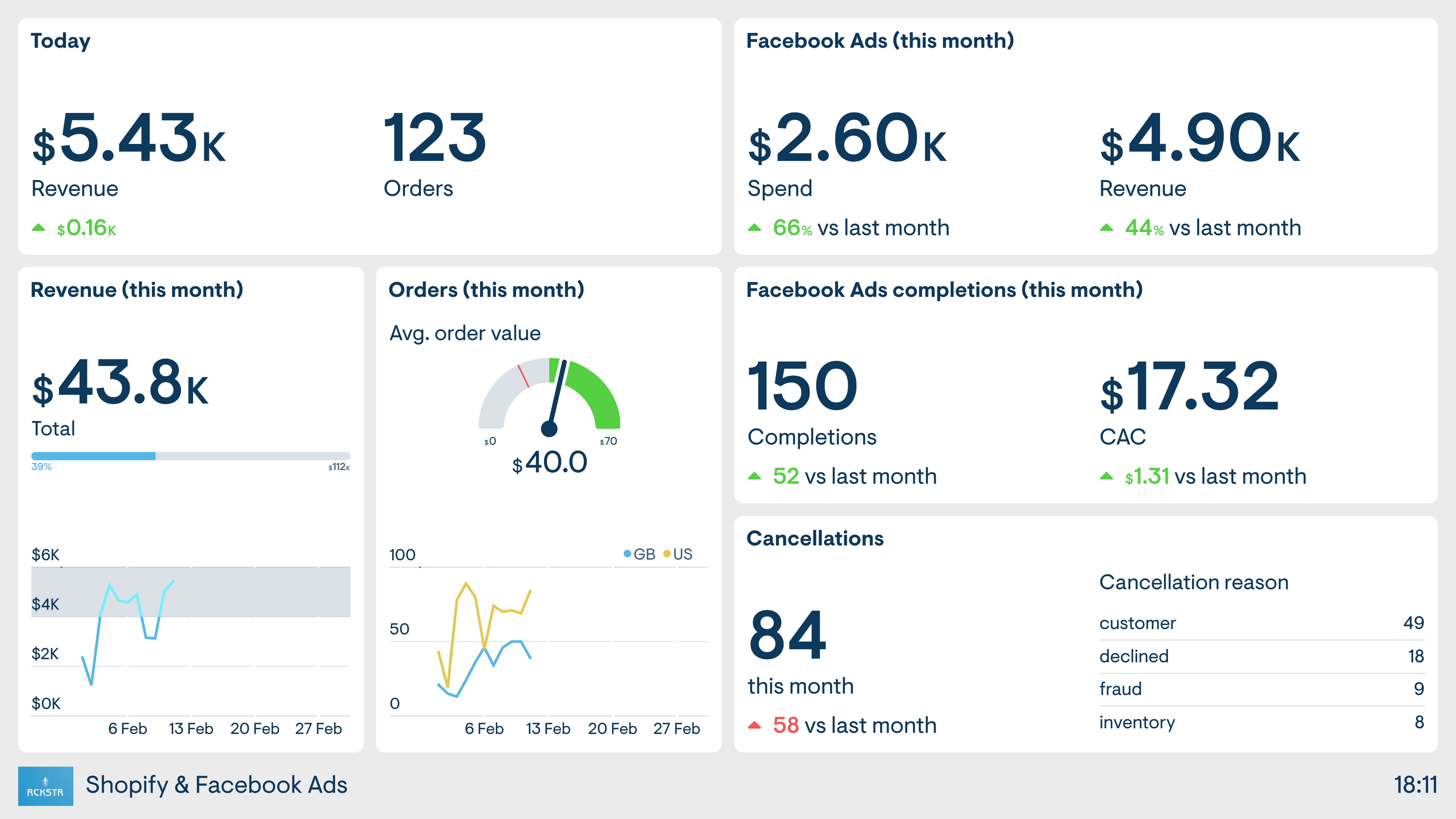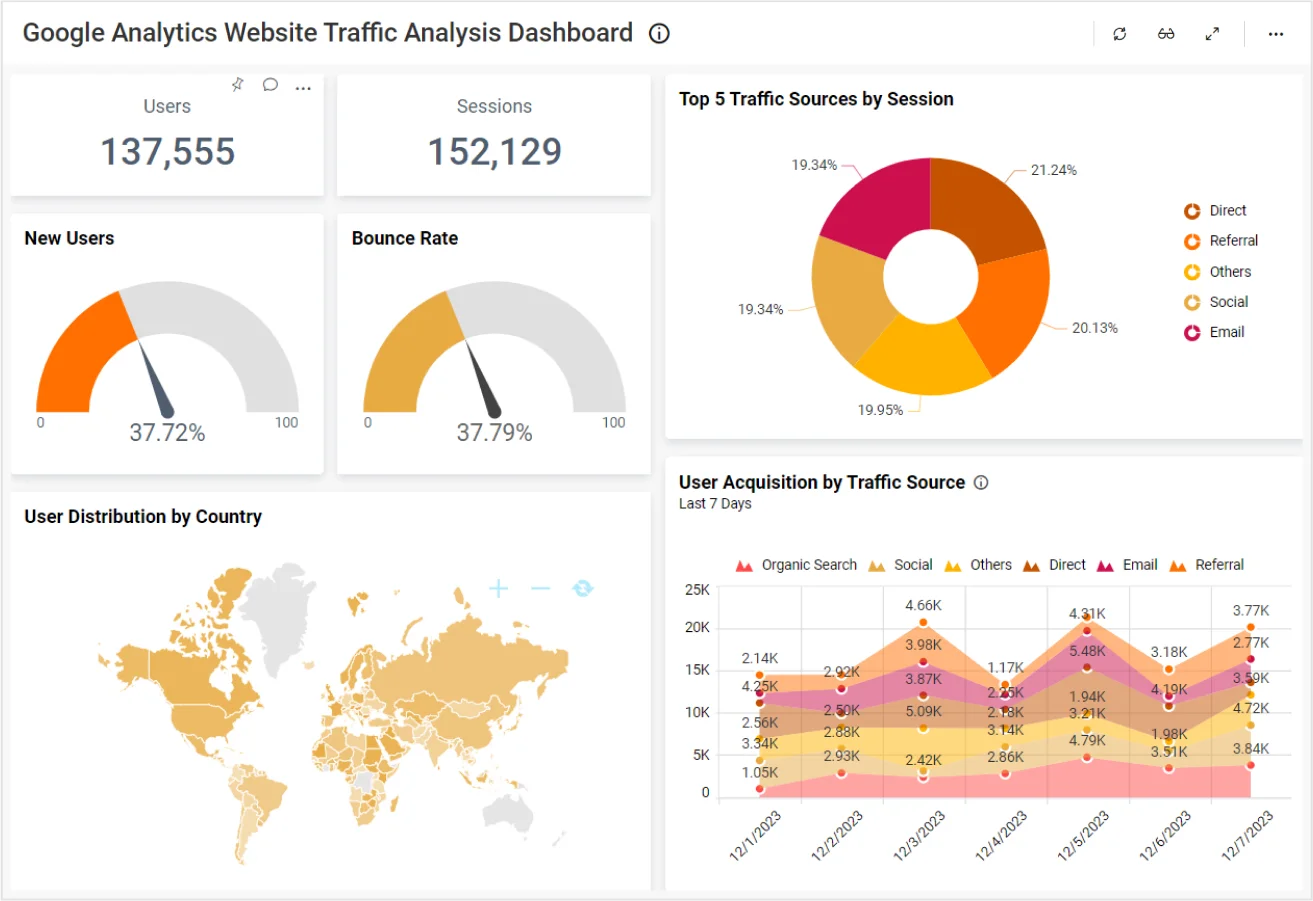There’s a quiet revolution happening in how people earn money. It’s not about punching a clock or climbing the corporate ladder. It’s about flexibility, autonomy, and the freedom to build income on your own terms. Whether you’re a professional looking to escape the 9-to-5 grind, a freelancer seeking more control over your workload, or a side hustler trying to turn spare hours into real revenue, the digital economy offers more paths than ever before.
The internet has dismantled old barriers. You no longer need an office, a degree, or even a traditional résumé to start earning. What you do need is strategy, consistency, and the willingness to learn. The key is knowing which methods have real traction—and which are just noise. After years of observing what works (and what doesn’t), I’ve identified seven money-making methods that stand the test of time, scalability, and real-world results.
Let’s walk through them—not with hype, but with clarity, realism, and the kind of practical insight only experience can provide.
1. Freelancing: Selling Your Skills Directly
Freelancing isn’t new, but its reach has exploded. Platforms like Upwork, Fiverr, and Toptal have turned independent professionals into global micro-businesses. Whether you’re a writer, designer, developer, or translator, there’s demand—and people are willing to pay for quality.
What makes freelancing powerful is its low barrier to entry and direct relationship between effort and reward. You set your rates, choose your clients, and control your workload. But it’s not a passive income scheme. Success comes from treating it like a business, not a gig.
Take writing, for example. A skilled copywriter can charge $500–$1,000 for a sales page. A technical writer might earn $100/hour documenting software. Even niche skills like podcast editing or LinkedIn ghostwriting are in high demand. The key is specialization. Generalists get lost in the sea of applicants. Specialists—those who can say, “I write SEO-optimized blog posts for SaaS startups”—stand out.

Building a reputation takes time. Start small, deliver exceptional work, and collect testimonials. Over time, you can move off platforms and work directly with clients, cutting out the middleman and keeping more of your earnings. Many successful freelancers eventually create packages, retainers, or even build small teams.
One often overlooked truth: freelancing isn’t just for creatives. Accountants, lawyers, and consultants are increasingly going solo. With tools like Calendly, Zapier, and Stripe, running a one-person firm is easier than ever.
For those serious about this path, The Freelancer’s Bible remains a solid guide for pricing, contracts, and client management.
2. Affiliate Marketing: Earning by Recommending Products
Affiliate marketing gets a bad rap because of the spammy “make money online” gurus. But when done right, it’s one of the most legitimate and scalable ways to earn online.
At its core, affiliate marketing is simple: you promote a product or service, and when someone buys through your unique link, you earn a commission. Companies like Amazon, Shopify, and Semrush all have affiliate programs.
But here’s the catch: it doesn’t work if you’re just dropping links into random blog posts. The real money comes from trust and alignment. You need an audience that values your opinion—and products that genuinely solve their problems.
One effective model is content-based affiliate marketing. For instance, a personal finance blogger might review budgeting apps, compare credit cards, or explain investment platforms. Each article includes affiliate links. If readers sign up for a service like Betterment or Mint, the blogger earns a commission.
Another powerful approach is building a niche site. Let’s say you’re passionate about hiking. You create a website reviewing backpacks, boots, and gear. You write in-depth guides, compare features, and share real experiences. Over time, your site ranks on Google, attracts organic traffic, and generates passive income through affiliate commissions.

Platforms like ShareASale, CJ Affiliate, and Rakuten Advertising connect publishers with thousands of brands. Commission rates vary—some pay 5%, others up to 50%—but the real winners are those who focus on high-ticket items or recurring commissions.
A word of caution: Google penalizes low-quality, spammy content. Your site must provide real value. That means original writing, honest reviews, and a clear point of view. Tools like Ahrefs or SEMrush can help you find keywords and track rankings.
Affiliate marketing isn’t a get-rich-quick scheme. It takes months to build traffic and trust. But once momentum kicks in, it can generate income while you sleep.
For a no-nonsense guide to starting, check out Affiliate Marketing for Beginners by Grow and Convert.
3. Creating and Selling Digital Products
If freelancing is trading time for money, digital products are the bridge to scalability. Once created, they can be sold over and over with little to no additional effort.
Digital products come in many forms: e-books, online courses, templates, design assets, printables, software tools, and more. The beauty is that you don’t need inventory, shipping, or manufacturing. You create it once, upload it to a platform, and let the internet do the rest.
Let’s take online courses. Platforms like Teachable, Thinkific, and Podia make it easy to build and sell courses without coding. If you’re an expert in Excel, you could create a course called “Master Excel in 7 Days.” If you’re a yoga instructor, you might offer “30-Day Morning Yoga for Busy Professionals.”
The key to success? Solve a specific problem. Vague courses like “How to Be Successful” don’t sell. Specific ones like “How to Build a 6-Figure Etsy Shop in 90 Days” do.
Pricing varies widely. Some creators charge $29 for a short course; others sell high-ticket programs for $1,000+. The more transformation you offer, the more you can charge.
Another popular digital product is templates. Canva templates for social media, Notion dashboards for productivity, or resume templates for job seekers—all are low-cost to produce and high-margin to sell. A single Notion template can sell for $15–$50 and be downloaded thousands of times.

Marketplaces like Gumroad, Etsy, and Creative Market make distribution easy. But the smartest creators build their own audience first—through email lists, social media, or YouTube—then sell directly.
One underrated strategy: bundle products. A course + workbook + checklist + community access creates more value and justifies a higher price.
For inspiration, look at creators like Ali Abdaal, who built a seven-figure business teaching students how to study effectively, or Nat Eliason, who sells SEO and content marketing courses based on his own experiments.
Creating digital products isn’t just about money—it’s about legacy. You’re packaging your knowledge in a way that helps people long after you’ve moved on.
4. Remote Work: Full-Time Jobs Without the Office
Remote work isn’t a side hustle. It’s a full-time career path that’s reshaping how people live and work. Companies from startups to Fortune 500s now offer remote roles in tech, marketing, customer support, HR, and more.
Sites like We Work Remotely, RemoteOK, and FlexJobs list thousands of remote positions. Even traditional job boards like LinkedIn now have remote filters.
What makes remote work powerful is stability. Unlike freelancing, you often get consistent pay, benefits, and career growth. Unlike affiliate marketing, you don’t need to build an audience first.
But competition is fierce. To stand out, you need a strong personal brand, clear communication skills, and proven results.
One growing area is remote customer success. As more companies go digital, they need people who can onboard users, troubleshoot issues, and build relationships—all from a laptop. These roles often pay $50,000–$90,000 and are ideal for empathetic, detail-oriented professionals.
Another high-demand field is remote software development. Platforms like GitHub Jobs and AngelList connect developers with remote-first startups. Salaries range from $80,000 to $180,000 depending on experience and location.
Even traditional roles like accounting and legal work are going remote. Firms now hire virtual bookkeepers, tax consultants, and contract lawyers who work from anywhere.

The trick is to position yourself as a solution, not just a candidate. That means building a portfolio, contributing to open-source projects, or sharing insights on LinkedIn. Many remote workers start by freelancing, then transition to full-time roles.
Time zones can be a challenge. Some companies expect overlap with headquarters; others are fully asynchronous. Be clear about your availability and communication preferences.
For those considering this path, Remote: Office Not Required by Jason Fried and David Heinemeier Hansson is a must-read. It outlines how companies can work remotely—and how individuals can thrive in that environment.
Remote work isn’t just about location freedom. It’s about redefining what a career can look like.
5. Print-on-Demand: Selling Custom Merch Without Inventory
Print-on-demand (POD) is a low-risk way to sell physical products without the hassle of inventory, shipping, or upfront costs. You design a t-shirt, mug, or poster, upload it to a platform, and when someone orders, the company prints and ships it for you.
Platforms like Printful, Teespring, and Redbubble handle production and fulfillment. You focus on design and marketing.
The model works best when you tap into a niche community or cultural moment. For example, a designer might create shirts for cat lovers who also code (“Purr-ogrammer”). Another might make minimalist travel posters for specific cities.
Success in POD isn’t about mass appeal—it’s about resonance. A design that speaks to a small, passionate group often sells better than a generic one aimed at everyone.
Marketing is key. Most sales come from social media, especially Instagram, TikTok, and Pinterest. A clever video showing your design in action can go viral and drive hundreds of orders overnight.
But don’t expect instant riches. Profit margins are slim—often $5–$10 per item—so volume matters. You also compete with millions of other creators. Standing out requires creativity, consistency, and a bit of luck.
Some creators integrate POD with other models. A YouTuber might sell merch to their audience. A blogger might offer a branded notebook. This cross-pollination increases trust and conversion.

One pro tip: start small. Test a few designs before scaling. Use free mockup tools from Printful or Placeit to visualize your products.
And remember: design quality matters. Blurry images, clashing colors, or poor typography will kill sales. If you’re not a designer, consider hiring one on Fiverr or 99designs.
For those curious, The Ultimate Guide to Print-on-Demand by Shopify covers everything from design to shipping.
Print-on-demand isn’t a replacement for a full-time income—but as a side hustle, it can generate steady extra cash with minimal effort.
6. Stock Photography and Video: Licensing Your Creativity
If you love photography or videography, stock content can be a quiet but consistent income stream. Instead of selling prints or running a photo business, you license your images to companies, marketers, and publishers.
Sites like Shutterstock, Adobe Stock, and Getty Images host millions of photos and videos. When someone licenses your content, you earn a royalty—sometimes just a few cents, sometimes hundreds of dollars.
The key to success? Volume and specificity. Generic photos of smiling people in offices don’t sell. But images of diverse remote teams on Zoom calls, or women coding in cozy home offices, do.
Trends matter. In recent years, demand has surged for authentic, inclusive, and lifestyle-focused content. Think real people, real moments—not stiff, staged poses.
Video is especially lucrative. A 10-second clip of a drone flying over a mountain might earn $50 every time it’s licensed. Some creators build entire libraries of b-roll footage for editors.

You don’t need expensive gear. Many top-selling photos are taken on smartphones. What matters is composition, lighting, and relevance.
Start by researching what’s selling. Browse Shutterstock’s top downloads or Adobe Stock’s trending searches. Then create variations—different angles, settings, or subjects.
Upload consistently. The more content you have, the more passive income you generate. Some photographers earn $1,000+ per month just from past uploads.
But be realistic: this is a long game. It can take months or years to build a substantial library. And platforms take a cut—often 30% to 70% of each sale.
For those serious about it, The Stock Photography Course by Mikkel Aaland offers deep dives into technique, marketing, and platform strategies.
Stock content won’t make you rich overnight. But for creative professionals, it’s a way to monetize your art while focusing on bigger projects.
7. Building a Niche Website or Blog
This might be the most underrated method on the list. A well-built niche website can generate income for years through ads, affiliate links, and digital products.
Unlike social media, where algorithms control your reach, a website is your own piece of digital real estate. You own the traffic, the data, and the monetization.
The process starts with a niche—something specific and passionate. Not “fitness,” but “kettlebell training for women over 40.” Not “travel,” but “solo female travel in Southeast Asia.”
You then create content—blog posts, guides, reviews—that ranks on Google. Tools like Ubersuggest or Keysearch help you find low-competition keywords.
Over time, your site attracts organic traffic. Once you have visitors, you can monetize in multiple ways:
- Display ads via Google AdSense or Mediavine
- Affiliate links to relevant products
- Sell your own digital products like courses or e-books
- Offer coaching or consulting

The beauty of this model is compounding growth. A post written today can earn money next year. A site with 100 posts can attract thousands of visitors monthly—even while you sleep.
But it’s not fast. It takes 6–12 months to see real traffic. And Google rewards quality, not shortcuts. Thin content, keyword stuffing, or AI-generated fluff won’t cut it.
Successful niche sites are built on expertise, consistency, and user experience. They load fast, look professional, and answer real questions.
One example: a site called The Wirecutter, which started as a simple blog reviewing gadgets. It grew into a trusted authority, was acquired by The New York Times, and now generates millions in affiliate revenue.
You don’t need to be a tech expert. Platforms like WordPress, Squarespace, and Ghost make site-building accessible. Hosting from SiteGround or Cloudways ensures reliability.
For learning, Smart Blogger and ProBlogger offer practical advice on writing, SEO, and audience building.
A niche website isn’t a side hustle—it’s a long-term asset. And in a world of fleeting attention, that’s rare.
Final Thoughts: It’s About Systems, Not Hacks
None of these methods are magic. They don’t promise overnight wealth or passive income with zero effort. What they offer is something more valuable: a real path to financial independence.
The common thread? They all reward consistency, skill, and problem-solving. They require you to show up, create value, and build trust.
You don’t need to try all seven. Pick one that aligns with your strengths and interests. Freelancing if you’re skilled and disciplined. Digital products if you love teaching. Remote work if you want stability. Niche sites if you’re patient and strategic.
And remember: the goal isn’t just to make money. It’s to build something that gives you freedom—freedom to work from anywhere, freedom to choose your projects, freedom to live on your own terms.
The tools are here. The opportunities are real. The only question is whether you’re willing to start.
Bonus Tips for Getting Started
- Start small, but start now. A single blog post, one freelance profile, or a single product can be the seed of something big.
- Track your time and results. Use tools like Toggl or Notion to measure progress.
- Invest in learning. Platforms like Coursera, Udemy, and Skillshare offer affordable courses on every topic.
- Build an email list early. It’s your most valuable asset—more than social media followers.
- Be patient. Most online income takes 3–6 months to gain traction. The ones who quit early never see the payoff.
The future of work isn’t about where you work—it’s about how you create value. And for those willing to put in the work, the internet remains the greatest equalizer we’ve ever known.







